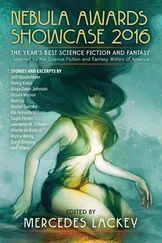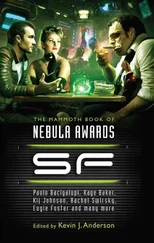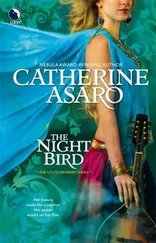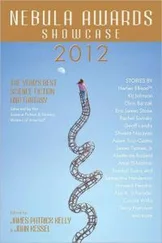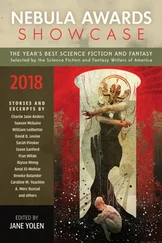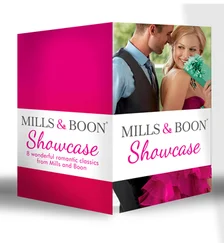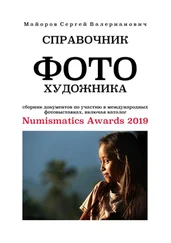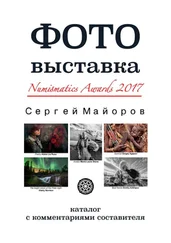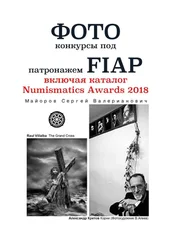Science and literature are not two things, but two sides of one thing.
—Thomas Huxley,
Science and Culture: And Other Essays , volume 3
Jo Walton turns around the idea of combining science and the arts in her metafictional novel Among Others . Here the art is writing; the book is told through the narrator’s love of literature, in particular, science fiction. As such, the novel invokes many of our great speculative writers, specifically those from the science fiction canon of several decades ago. Literature plays a role in Walton’s novel similar to the role played by art, music, or dance for other works in this anthology. But the art that Walton uses to frame her story is our art, the literature of the fantastic, as illustrated, for example, by this anthology. The Nebula Aweards Showcase 2013 doesn’t dance, sing, paint, strum, or drum—but it becomes a recursive loop, one constructed out of its stories, which use other arts to frame the literary works so that the anthology becomes the art that frames itself.
Metafiction is a story that refers to literature and its conventions as part of the story. In other words, the tale is self-referential. The idea is that it exposes the illusions created by a work of fiction, blurring the line between the “real” world of the reader and the imagined world of the story. Walton employs this technique to good effect in her novel, using speculative fiction to frame a story of fantasy, even prodding the reader to ask if the magical aspects to the story are “real” within the context of the narrator’s tale or a fiction within a fiction masquerading as reality for the fictional characters.
In analogy with the self-referential loop that arises from the description of this anthology as an art that frames itself, it could be said that Walton’s book leaves out one important novel in the works she referenced— Among Others , by Jo Walton. What a satisfying creation of fractal metafiction that would be; the book refers to the book that refers to the book that refers to… well, you get the idea. It could be a recursive triumph worthy of Mandelbrot, the mathematician who created the gorgeous fractal known as the Mandelbrot set, which repeats itself the mesmerizing structure of its images at ever-finer and finer detail. For me, Among Others felt close to a literary version of the online video that shows the Mandelbrot fractal at greater and greater magnification, offering a musical glimpse into the ultimate representation of self-referential art. [2] 2. For the video of the Mandelbrot fractal, see “Mandelbrot Zoom,” YouTube video, 1:18, posted on July 8, 2009, by “Kevin O’Toole,” www.youtube.com/watch?v=rajXu9E_Ry0 (accessed March 11, 2013).
But Marlow was not typical (if his propensity to spin yarns be excepted), and to him the meaning of an episode was not inside like a kernel but outside, enveloping the tale which brought it out only as a glow brings out a haze…
—Joseph Conrad,
The Heart of Darkness
The Club Story has a long tradition in science fiction. Such a tale consists of two parts: a frame that describes a club or other place where the narrator is relating his story within a story, and the tale itself, which the narrator often claims involved him. In the words of John Clute, “A club story is a tale told by one person to others in a place where the story can be related safely, either a collection featuring one teller with many tales or several storytellers taking turns.” Clute, one of our two Solstice Award winners this year, offers here an essay on the Club Story adapted from his article in the online Encyclopedia of Science Fiction . Not only does it form a compelling entry in the discussion of fiction as art form, but the essay itself is a form of art in its construction for an online audience, illustrating how the electronic age is changing the way we present literature. For the paper copy of this anthology, we can’t give the hyperlinks that allow readers to click on words and phrases from the essay to find connected entries in the encyclopedia, creating a hypertext document. However, you can enjoy the essay in its original electronic form in the Encyclopedia of Science Fiction at www.sf-encyclopedia.com/entry/club_story.
I am trusted with a muzzle and enfranchised with a clog; therefore I have decreed not to sing in my cage. If I had my mouth, I would bite; if I had my liberty, I would do my liking: in the meantime let me be that I am and seek not to alter me.
—Don John, in William Shakespeare’s
Much Ado about Nothing
Censorship ends in logical completeness when nobody is allowed to read any books except the books that nobody can read.
—George Bernard Shaw, “Literary Censorship in England,”
Current Opinion
In her all-too-short story “Ado,” Connie Willis uses the art of literature in a satire that, beneath its lighthearted comedy, gives a satisfying smack to censorship. The “world” she creates lies in the not-so-distant future where the constraints on what teachers may teach is stringently limited for fear of offending someone. Anyone. For all that it is amusing, the story also offers a sobering look at what could happen to our children and their futures if we allow censors to eviscerate the literature they read. In the world of “Ado,” I’ve already written too much—
Some painters transform the sun into a yellow spot. Others transform a yellow spot into the sun.
—widely attributed to Pablo Picasso
Another theme that struck me about the stories on this year’s ballot is the diversity in the portrayal of both real cultures on Earth and those formed in the imaginations of the writers. At its best, speculative fiction can evoke astonishing universes. We paint prose pictures of other places, other worlds, other suns. Ironically, in earlier days of science fiction, the “alien” worlds depicted in many of our works were sometimes less alien than other cultures on our own planet. The current ballot illustrates the maturing of the genre. It is a cornucopia of world building, not only for imagined places, but also in exploring the people, ways of life, and ideas on our own planet that come from other cultures besides the West.
Imagination will often carry us to worlds that never were. But without it, we go nowhere.
—Carl Sagan,
Cosmos
When I was a child, about age eight or nine, I remember being at my grandparents’ Spanish-style home in Escondido, California, not the endless metropolis that area has become now, but back in the days when it was a sleepy little town among the avocado farms. With nothing to do on a day baking beneath a relentless summer sun, I wandered down to the local library and sat in the air-conditioned reading room absorbed in a book about bees. I don’t remember the title or the author, but I will never forget how much I loved its tale of great bee adventure.
I remembered that book when I read E. Lily Yu’s story “The Cartographer Wasps and the Anarchist Bees.” Yu extrapolates the behavior of bees and wasps as known to modern science into a tale set in the village of Yiwei, which in Mandarin Chinese roughly translates as “to suppose.” It is an apt name for the opening locale of a story that concerns map-making wasps and their conflicts with bees both revolutionary and not. The societies of these remarkable insects are portrayed with depth and a gentle humor. Their cultures serve as a foil for the other culture in the story, that of the humans. The tale offers an unusual twist on science fiction stories of first contact and a salient commentary on human political systems of Earth.
Painting is silent poetry, and poetry is painting that speaks.
—Simonides of Ceos, in “On the Glory of the Athenians,” by Plutarch, in
The Moralia , Book 4
Amal El-Mohtar’s poem “Peach-Creamed Honey” gives bees a very different look. They are among the many images she invokes with her sensual poem that won the 2011 Rhysling Award in the short form category. The sheer beauty of the writing is a pleasure to read, like a song. As I write this, it inspires my mind to compose melodies, edgily sweet, a haunting fusion of Western and Near Eastern music with a mesmerizing drumbeat, all conjured by these lines from the poem:
Читать дальше


